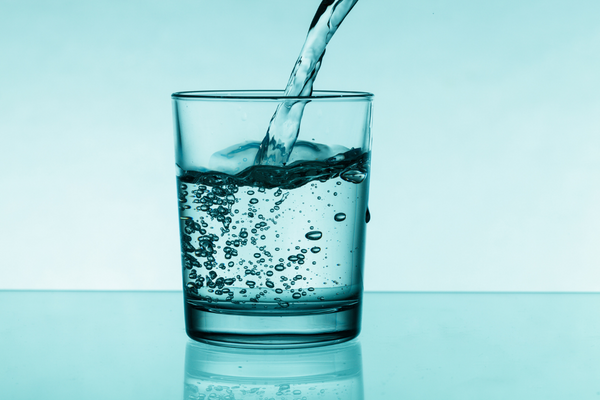
What Are the Different Water Filter Types, and Which One Will I Need?
Water filters are essential for keeping your water clean and healthy. There are a variety of different water filter types available on the market, so it can be challenging to determine which one is right for you. In this blog post, Oak Plumbing will discuss the different types of water filters and their applications. We will also help you decide which type of filter is best for your needs!
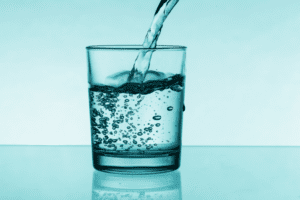
Water Filter Types
Mechanical Filters
Mechanical filtration physically removes any sediment, dirt, or particles in the water by using a barrier. A mesh that filters out large debris is an example of a mechanical filter. Another type of mechanical filter is a ceramic filter which has tiny pores for filtering pathogenic organisms. Most mechanical filters have a micron rating to show how well the filter eliminates particles based on size.
- 5 micron - Will remove most particles visible to the naked eye.
- 1 micron – Will remove particles which are too small to see without a microscope.
- 0.5 micron - Will remove cysts (giardia and cryptosporidium).
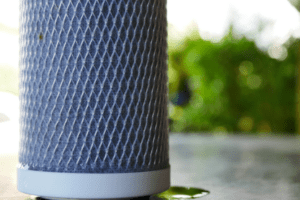
Absorption Filters
Carbon is one of the most effective materials for water filters because it has a large surface area with plenty of nooks and crannies that can trap impurities. The majority of domestic filters use granular activated carbon (GAC), which reduces bad tastes and smells by absorption. However, more expensive filters typically utilize carbon block elements, which are often more successful in removing particles, and usually have a micron rating system to measure how well they perform.
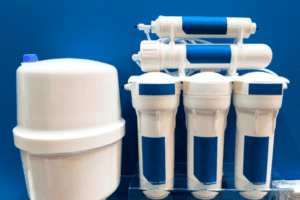
Sequestration Filters
Chemicals known as sequestrants bind to mineral and metal ions in water so they stay suspended rather than precipitating, which can cause cloudiness or staining. It's crucial to know that sequestering agents don't remove metals or minerals from water; they merely keep them circulated.
Chelating agents are chemical compounds that can bind tightly to metal ions. In medicine, they're used to remove toxic metals from the body. A chelating agent is a substance whose molecules can form several bonds with a single metal ion. In other words, it's a multidentate ligand. Ethylenediamine is one example of a simple chelating agent.
Atoms have a central nucleus with positive protons and neutral neutrons, with electrons orbiting around this nucleus. If a metal atom loses some of its outermost shell electrons, it forms a positively charged ion called a cation. Because there are now fewer electrons than protons in the nucleus, these particles are strongly attracted to each other, which makes metal ions smaller than if they were corresponding atoms without any charge.
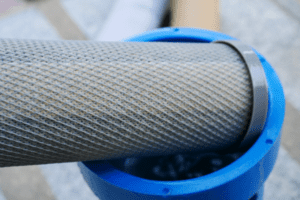
Ion Exchange Filters
Ion exchange is a process of softening hard water. This happens by exchanging the magnesium and calcium ions in hard water for other ions, such as sodium or hydrogen. The ion exchange gets rid of magnesium and calcium by binding it to a resin--a small, sand-like bead with a negative charge. Once all the magnesium and calcium has bound to available resin, there's no need to purchase more!
Ion exchange water softeners work by flushing the resin with a brine (salt) solution. Even though the bond between magnesium and calcium and the resin is stronger than sodium's bond with the resin, over time and because of all of the salt used, magnesium and calcium flow into a discharge tube.
If you drink two gallons of water per day on average and your hard water has an average hardness of 10 grains per gallon, then the result is about 300mg of sodium per day. Some people don't have to worry about high blood pressure or coronary artery disease, so this isn't a major issue for them. However, this amount of sodium can be seriously detrimental to the health of others.
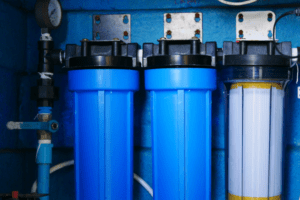
Reverse Osmosis Filters
Reverse osmosis is a technology used in desalination to separate water molecules from seawater. Reverse osmosis forces water from the ocean through thousands of tightly-wrapped semipermeable membranes under high pressure. These membranes allow smaller water molecules to pass through while leaving salt and other impurities behind.
Reverse osmosis is a process of water filtration that removes contaminants from unfiltered water. When pressure is applied to feed water, it forces the water through a semipermeable membrane. The resulting clean drinking water is permeate, while the concentrated waste or brine solution is left behind.
A semipermeable membrane is selective, permitting some molecules to pass through its pores while blocking others. When a semipermeable membrane separates water and a more concentrated solution, osmosis occurs as water flows from the side with less concentration to the side with greater concentration in order to equalize concentrations on both sides of the membrane. The reverse of osmosis happens during reverse osmosis—in this process, pressure is applied to force flow from the more concentrated solution into a volume of clean water on the other side of the semipermeable membrane, leaving contaminants behind.
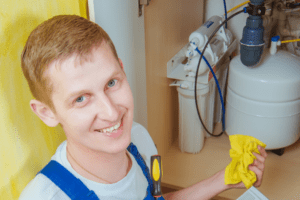
Combinations
Many water filter types or filtration systems use multiple methods to achieve certain levels of water purity. For example, household water jug filters usually employ mechanical, absorption, and ion-exchange while inline filters typically utilize mechanical and absorption with the possible addition of sequestration if the filter prevents scales. Depending on the number of stages it has, a reverse osmosis system can use one or more of these filtration methods: mechanical, absorption and reverse osmosis. If you understand how the five different methods work and can be combined, you'll have an easier time deciding which water filter types to use for a given purpose.
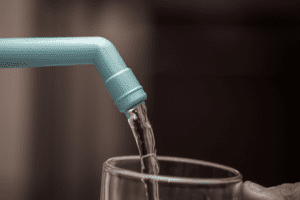
Benefits of a whole house water filtration system installation
Clean water
Clean water is something that we often take for granted. We turn on the faucet and water comes out, but we don’t think about what happens before that. The water that comes into your home has to be clean and free of contaminants in order to be safe for you and your family to use. There are a number of ways to achieve this, but one of the most effective is to install a whole-house water filtration system.
A whole house water filtration system will remove impurities from all of the water that comes into your home, no matter what source it comes from. This includes water from your municipality’s water treatment plant, well water, or even rainwater. There are a number of different types of water filters, and each one is designed to remove specific impurities from your water. The type of filter you will need will depend on the quality of your water and the contaminants you need to remove.
Eliminates the need to buy plastic bottles of water
With filtered water, you don't need to buy plastic water bottles anymore to be assured of having clean water. This can save you money and cut down on plastic waste.

Alleviate skin conditions
If you have sensitive skin, using filtered water for bathing and showering can help alleviate any skin conditions that are aggravated by minerals or chemicals in water.
Eliminates hard water and reduces plumbing costs
Hard water can damage your plumbing and appliances. Water filtration can help to protect your plumbing and extend the life of your appliances. In addition to reducing the quality of your drinking water, hard water also causes major appliances that use lots of water - like dishwashers and refrigerators - to work less efficiently. Over time, scale from hard water can build up in pipes and valves inside these appliances, clogging them or causing leaks. In some cases, this might require replacing expensive parts. Extreme wear and tear can decrease the lifespan of your appliances by up to 50%. Furthermore, scale buildup from hard water utilization decreases appliance efficiency by up to 29%, which in turn also hikes up energy bills.
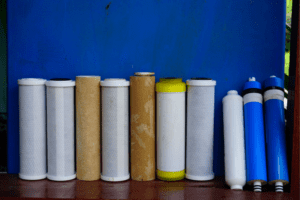
Improves the taste of drinking water
The chemicals used to treat tap water can give it an unpleasant taste. Using a water filter will remove these chemicals and improve the taste of your water.
Eliminates contaminant deposits and soap scum on clothes
If you have hard water, there’s a good chance your clothes aren’t getting as clean as they could be. This is because the hard water leaves mineral deposits on clothing fibers, which can lead to soap scum buildup. Water filters remove these minerals, so your clothes will come out of the wash cleaner and brighter.
Protects against water contamination
There are many contaminants that can find their way into your water supply, such as lead, bacteria, and pesticides. While your municipality’s water treatment plant does a good job of removing most contaminants, a water filter provides an extra layer of protection.
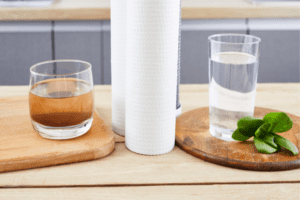
Do you want clean water? Contact Oak Plumbing today!
We founded Oak Plumbing with the priority of providing excellent customer service, supporting our community, and reintroducing masterful plumbing. The safety of your family is always our top priority. Our team at Oak Plumbing knows that it's crucial to use modern plumbing technology while still sticking to our familial values. That's why we only employ licensed and background-checked professionals — this way, you can rest assured knowing your home is safe with us. And if that wasn't enough, most of our clients leave five-star reviews! So please, don't hesitate to give us a call.

